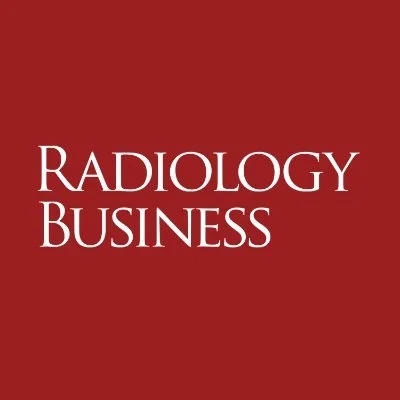
Harvard radiologists developed an explainable AI model to predict next-day radiology demand and manage staffing proactively.
Key Details
- 1Harvard Medical School experts built a machine learning model using a year's imaging demand data from two academic centers.
- 2The model predicts next-day clinical workload based on unread images, exams after 5 p.m., and next-day scheduled exams.
- 3AI predictions could allow radiology practices to plan or adjust staffing in anticipation of demand surges.
- 4Continuous learning maintains the model's accuracy over time.
- 5Growing imaging volume and workforce shortages are driving the need for such solutions.
Why It Matters
Proactively forecasting imaging demand with AI can help radiology departments address staffing challenges and reduce burnout. Such tools may become essential for efficient, resilient healthcare delivery as imaging workloads increase.

Source
Radiology Business
Related News

•AuntMinnie
AI Enables Safe 75% Gadolinium Reduction in Breast MRI Without Losing Sensitivity
AI-enhanced breast MRI with a 75% reduced gadolinium dose maintained diagnostic sensitivity comparable to full-dose protocols.

•Cardiovascular Business
Deep Learning AI Model Detects Coronary Microvascular Dysfunction Via ECG
A new AI algorithm rapidly detects coronary microvascular dysfunction using ECGs, with validation incorporating PET imaging.

•AuntMinnie
Study: Patients Prefer AI in Radiology as Assistive, Not Standalone Tool
Survey finds patients support AI-assisted radiology but not AI-only interpretations.